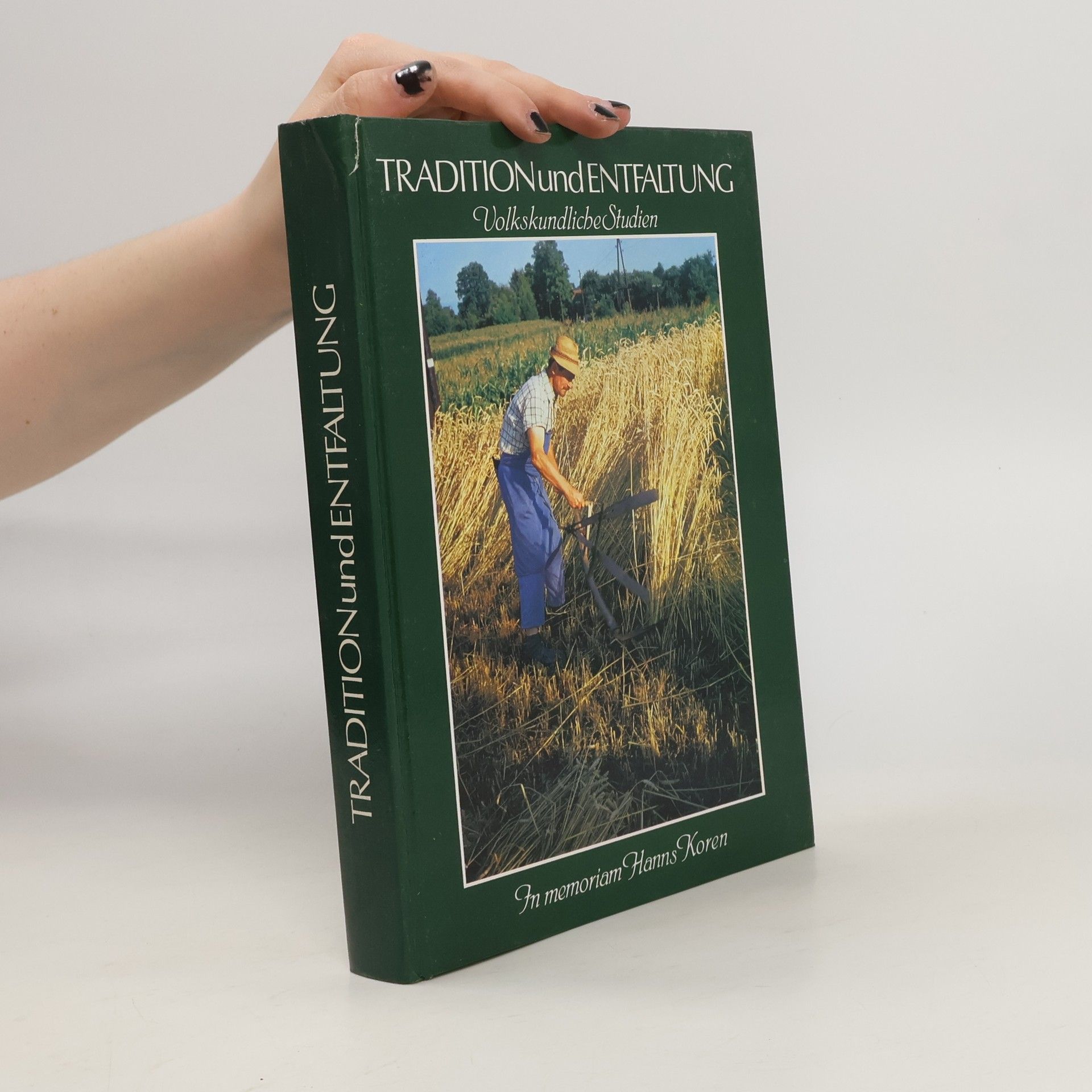Volker Hänsel Knihy




Volkskundliches aus dem steirischen Ennsbereich
Festschrift für Karl Haiding zum 75. Geburtstag
Tradition und Entfaltung
Volkskundliche Studien in memoriam Hannes Koren
Alfred Kolleritsch reflects on memory, while Oskar Moser honors Hanns Koren. Anton L. Schuller presents a selection of Koren's writings. Ilse Koschier explores the connections between Archduke Johann and Carinthia, emphasizing their neighborly ties. Viktor Herbert Pöttler examines the depiction issues in open-air museums, and Béla Gunda discusses the mobility of buildings in the Carpathian cultural region. Tone Cevc reconstructs a 1506 farmhouse in Srednji vrh, while Hans Frühwald analyzes peasant "Ritzzeichnungen" in the West Styrian highlands. Günther Jontes reviews historical reports on brand economy and earth coal in Styria, and Vitomir Belaj traces a "Liburnian" alpine economy. Ulrike Aggermann-Bellenberg and Volker Hänsel investigate mountain mowing and haymaking in the Ennstal. Iván Balassa discusses a soil cultivation tool, the Riß in Europe, and Maria Kundegraber focuses on plows in the Stainz area. Oskar Moser details the Arl from Admont, a plowing device from Inner Carinthia. Angelos Baš studies trotting horses on farms near Ljutomer, while Klaus Beitl evaluates the khevenhüllersche "Zinnhaus" in Kreuzen for its craftsmanship and folklore significance. Gertrud Benker explores the dynamics of guests and hosts in communal meals, and Anni Gamerith looks at communication during traditional farming meals. Other contributions include discussions on Sunday meals, bread in museums, and religious artifacts, along with insigh